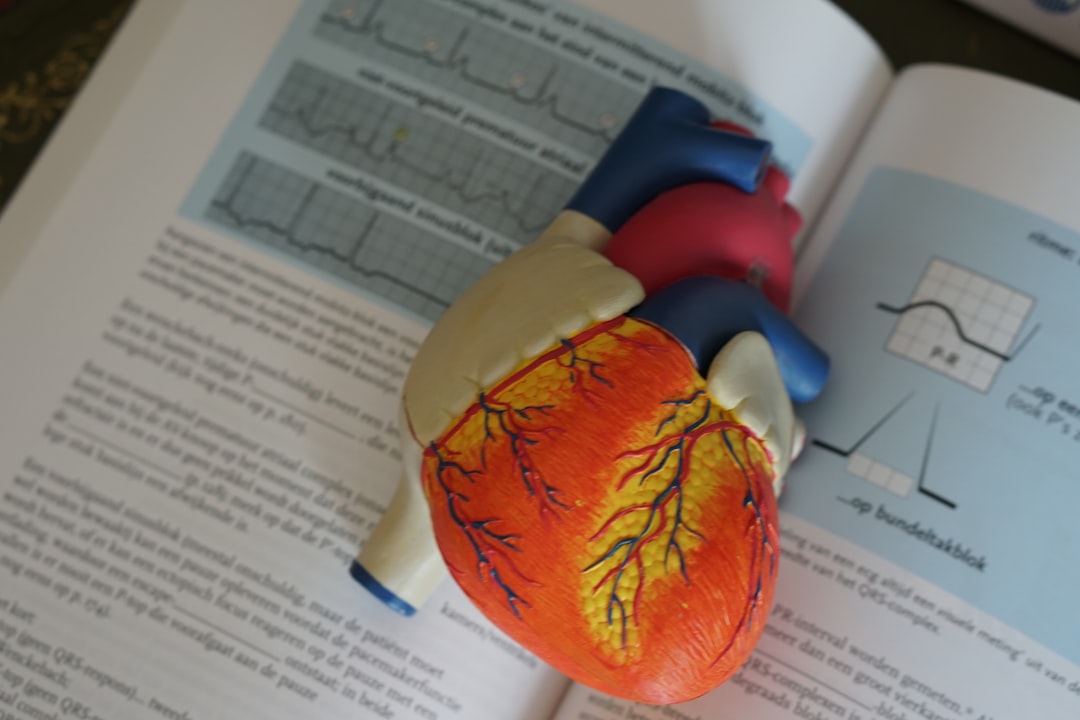What is it about?
This is an international study of the debilitating problem of itching in people on haemodialysis. It compares how common it is in each country and how this compares with the estimates of the medical directors of each dialysis unit. It describes how patients report their symptoms to clinicians and Medical Directors' preferred treatment options. Finally it shows the associations between itching and various aspects of treatment and laboratory results.
Featured Image
Why is it important?
The study shows that itching remains a common problem that seriously affects the lives of many dialysis patients. Doctors greatly underestimate how common it is, partly because patients do not report it to them. As a result many patients do not get effective treatment. In addition, the preferred treatments of most doctors are not based upon evidence. In particular, reducing serum phosphorus and increasing kT/V is a high priority but no association at all was found between these measures and the presence or severity of itching. Gabapentin, an effective treatment for severe itching, was used at any stage by less than half of doctors.
Perspectives
This paper busts a number of myths about this neglected but important problem. Traditional teaching about its causes needs to be revised - it is not linked to calcium and phosphorus metabolism. A renewed focus is required on identifying all patients affected and using effective drug treatment, especially gabapentin.
Dr Hugh C Rayner
Heart of England NHS Foundation Trust
Read the Original
This page is a summary of: International Comparisons of Prevalence, Awareness, and Treatment of Pruritus in People on Hemodialysis, Clinical Journal of the American Society of Nephrology, September 2017, American Society of Nephrology,
DOI: 10.2215/cjn.03280317.
You can read the full text:
Contributors
The following have contributed to this page










